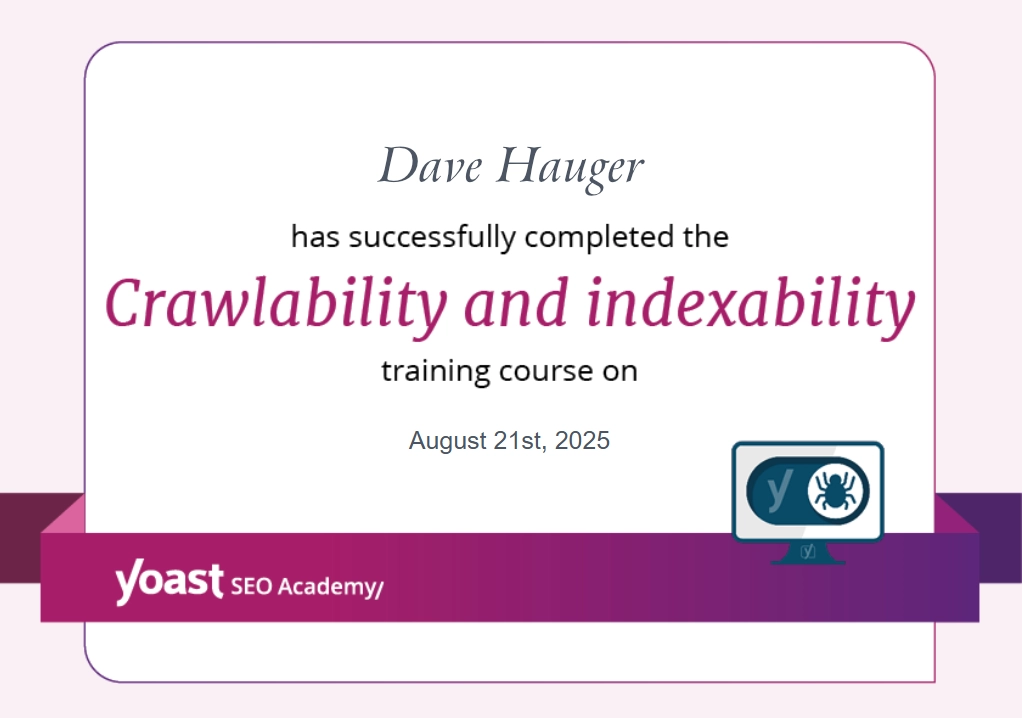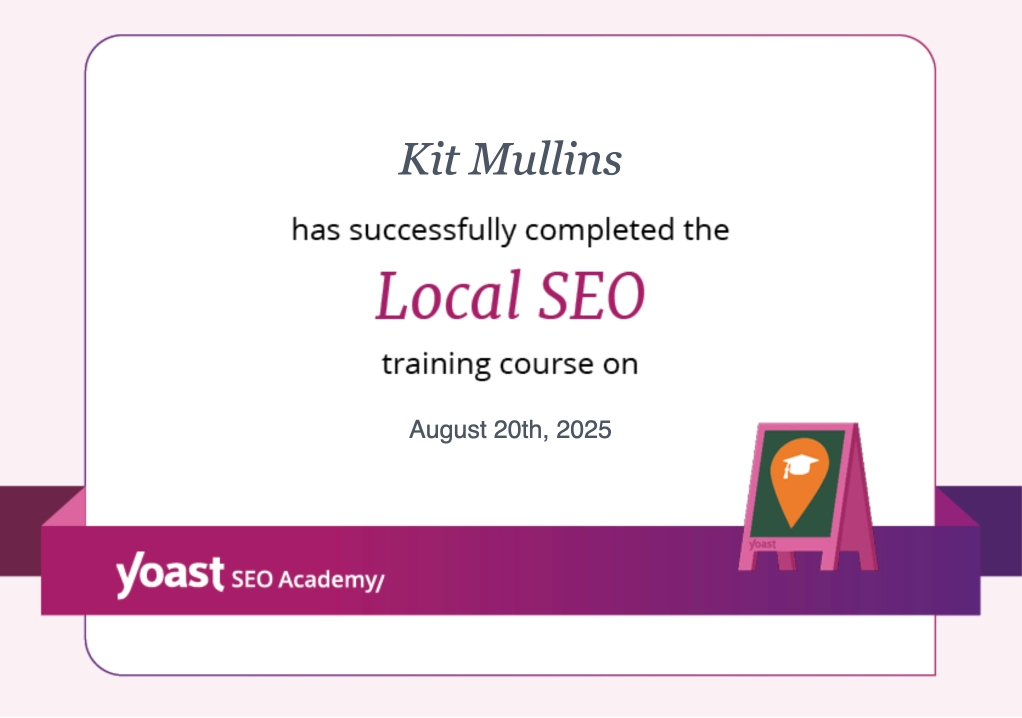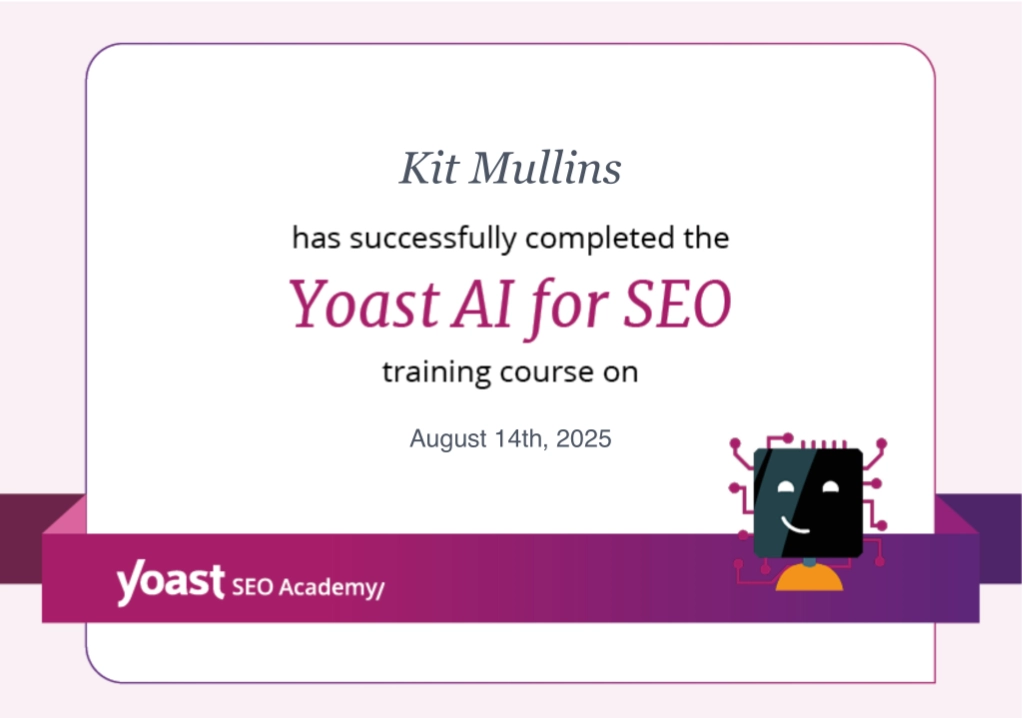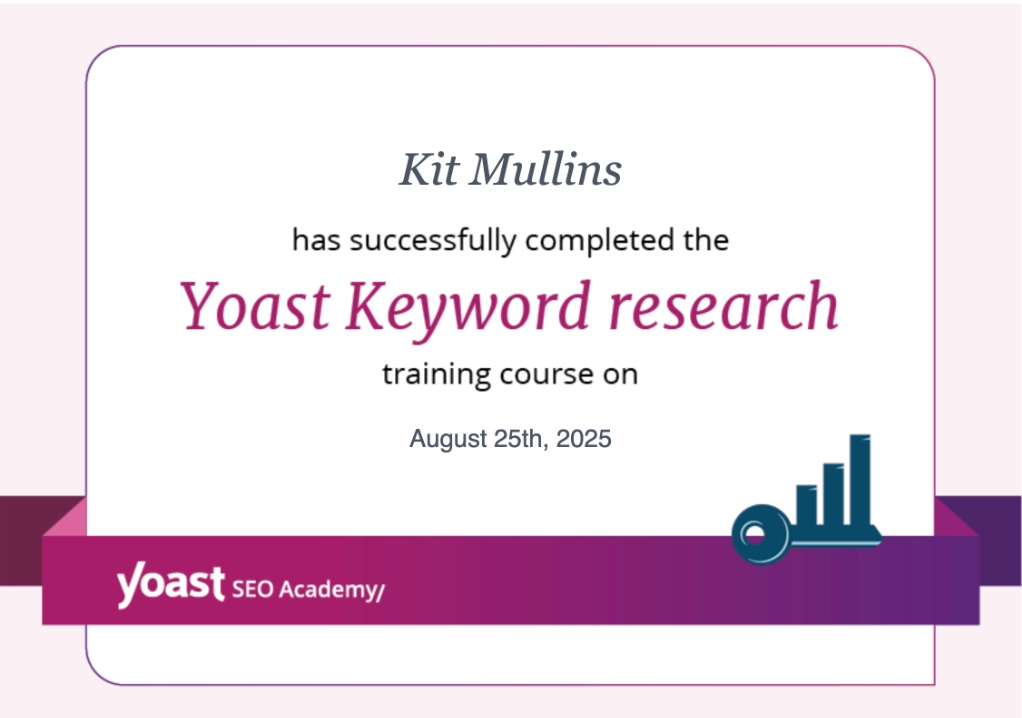One of the most common questions I am asked by business owners is, “Do we really need a blog?” The answer is YES. Yes because of Google. Yes because your potential customers have questions about your products that you need to be answering. Yes, because static, rarely-updated, brochure-ware websites are dead. I think they’ve been dead for some time now, but Google really put the final nail in the coffin with its latest algorithm change that emphasizes the value of (and the need for) fresh content. Google Wants Fresher Search Results.
In 2013, Google made a huge announcement. Search results “are best when they’re fresh,” Google said.
“Even if you don’t specify it in your search, you probably want search results that are relevant and recent,” Google’s Amit Singhal (shown below) wrote.
 Singhal said this is a ranking change that effects at least one result on about 35% of all searches, and clarified to say that about 6-10% of searches would be changed “noticeably.” This is still true today. Recently, Wordstream researched the impact of freshness on search engine results. And, their findings were consistent with what Google said over a decade ago.
Singhal said this is a ranking change that effects at least one result on about 35% of all searches, and clarified to say that about 6-10% of searches would be changed “noticeably.” This is still true today. Recently, Wordstream researched the impact of freshness on search engine results. And, their findings were consistent with what Google said over a decade ago.
According to Wordstream’s article, What Fresh Content Really Means to Google, “Ever since its freshness algorithm update in 2011, queries for trending or time-sensitive keywords trigger Google to prioritize newer pages with the most up-to-date information. The freshness update impacted at least one result on the page for 35% of searches.”
That’s a pretty big deal (though I admit there are some small businesses in some non-competitive industries in some remote locations that the announcement may not impact). Your Customers Have Inquiring Minds Google is saying it will reward quality websites that offer fresh content. But what determines a quality website? I think the answer primarily consists of these two things.
- One – If your website is static and rarely-to-never-updated, then it cannot be considered “fresh.”
- Two – If the main information your site has is the Home Page, the About Us, and a Contact Us page, then your website is not offering “quality” content that answers questions people are asking on Google about your business’s offerings. Quality content answers questions and gently guides potential customers into the buying process. This content lives first on your website, then it is shared on Facebook, Twitter and other networks. Your online marketing strategy begins with the information you post on your business site and radiates to the social networks like spokes on a wheel.
10 Simple Steps to Start Your Business Blog
- Understand you need a blog. After asking the question, “do we need a blog?,” understand the answer is YES, and commit to go forward.
- Make sure your website is easy to update. I strongly recommend blog software: its content management system allows you to easily add new articles, pictures, and videos.
- Gather your team and explain the value of blogging. Your business will see a positive impact as fresh content will improve your search engine results with Google, improve your online branding, and help create a buzz about your brand.
- Get writing help. If you don’t have the time or skills to blog, find a team who can be hired as your out-sourced blogging department.
- Make a list (I love lists!) that can serve as an editorial calendar. Let your team help you come up with a list of topics that covers common questions your customers and potential customers ask.
- Write several articles in advance of posting your first one. Schedule the articles to come out on different days of the month so you can track the optimal times to post via your analytics.
- Incorporate good SEO practices to the article’s title, images, and meta description.
- Share. Once you post an article on your website, be sure to share your content on the social media networks. This keeps your followers informed with your expertise and experience.
- Track. Track which types of content (helpful articles, articles comparing products, humorous articles, videos, etc.) are most popular on your website and your social networks. You may find that an article and image that work well on Facebook are not so popular on LinkedIn or on Pinterest.
- Commit. Commitment is the beginning and ending step. Commit to posting new content regularly and acknowledge that this is probably the hardest step of all – but it will bring the biggest payoff.












